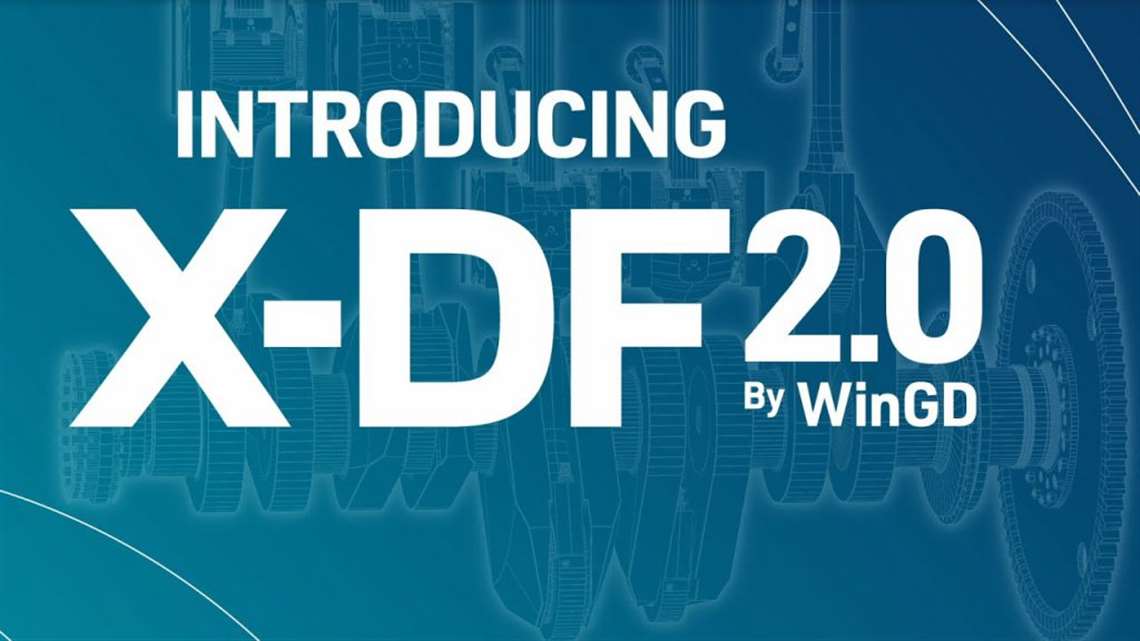WinGD Launches Second-Generation Dual-Fuel Technology
16 June 2020

WinGD said it has developed technology designed to slash methane emissions and cut fuel consumption in its X-DF dual-fuel engines.
The launch of Intelligent Control by Exhaust Recycling (iCER) is the first development to WinGD’s second-generation dual-fuel engine platform, dubbed X-DF2.0.
As shipowners factor greenhouse gas reduction targets into their upcoming newbuild projects, X-DF2.0 technologies will enable improved engine performance with both liquefied natural gas (LNG) and future carbon-neutral fuels, the company said. The optional iCER system is designed to enhance combustion control through the use of inert gas. The result is a reduction in methane slip emissions of up to 50% when using LNG and a significant reduction of fuel consumption, of 3% in gas mode and 5% in diesel mode, said Volkmar Galke, WinGD Global Director of Sales. The system can be retrofitted to older vessels, but space could be a challenge in some cases.
“By adjusting the recirculation rate of inert gas and controlling parameters like fuel admission and ignition timing, we can increase compression ratios for greater efficiency,” Galke said. “The result is optimized combustion through closed-loop control regardless of ambient conditions and load.”
Shipping transition
By advancing the performance of dual-fuel engines, X-DF2.0 will help shipowners prepare for shipping’s transition to carbon-neutral fuels. Building on the successful X-DF platform, the next-generation technologies minimize methane slip in the expectation that these emissions will be regulated by IMO to help meet its 2050 greenhouse gas targets. Improved fuel efficiency will also be a key factor in reducing emissions further during the first phase of the transition.
Like all future X-DF2.0 technologies, iCER will be available for all new X-DF engines. It is currently completing trials at one of WinGD’s dedicated test engine facilities – the final step in a two-year testing program. The company is also finalizing plans for a pilot installation.

As well as using fossil LNG, X-DF engines can also burn carbon-neutral synthetic or bio-derived LNG when it becomes available. By continuing to develop combustion control and engine efficiency, WinGD is improving the performance of its engines using these fuels and minimizing fuel cost for ship owners and operators.
“Our highly efficient and reliable X-DF engines are already widely used, with more than 500 000 hours operating experience and market leadership in many key vessel segments,” Galke said. “Our next-generation X-DF2.0 technologies will prepare our engines for even better performance, both with LNG and with the future fuels to come.”
POWER SOURCING GUIDE
The trusted reference and buyer’s guide for 83 years
The original “desktop search engine,” guiding nearly 10,000 users in more than 90 countries it is the primary reference for specifications and details on all the components that go into engine systems.
Visit Now
STAY CONNECTED




Receive the information you need when you need it through our world-leading magazines, newsletters and daily briefings.
CONNECT WITH THE TEAM









